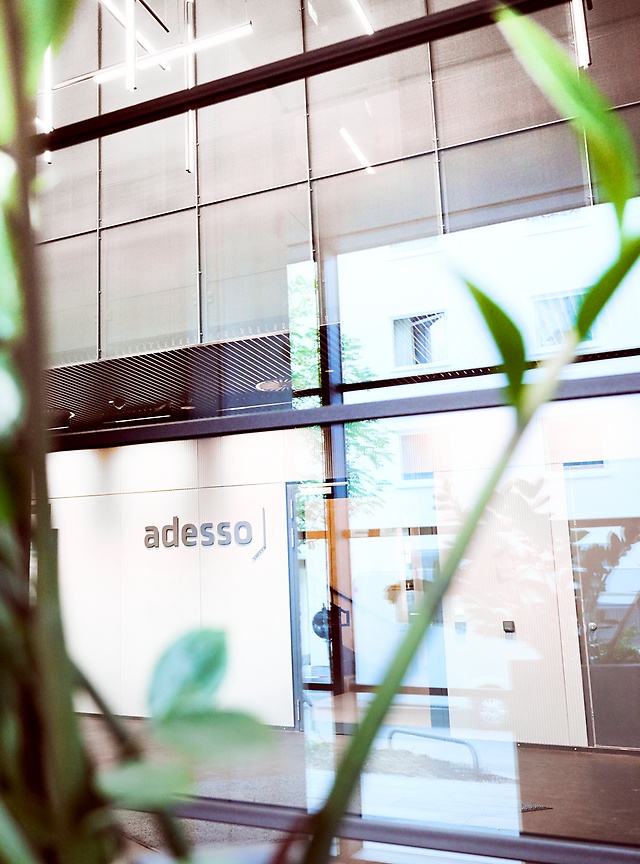11. January 2024 By Daniel Geldner
Customer engagement – ‘Hyper-personalisation’ in the insurance industry
Recurring marketing tasks in the insurance industry can be automated with the help of IT when marketing automation is leveraged. In addition to increasing efficiency and effectiveness, goals such as increasing customer loyalty and customer trust as well as improving personalised customer communication along the customer journey can be achieved.
The personalised customer approach, such as addressing existing customers by name in marketing campaigns, is one of many possibilities of traditional personalisation.
But how can we create even better customer experiences? The solution could be more individual offers through hyper-personalisation.
Why hyper-personalisation?
Many insurers now use customised and individual offers for customers as part of their standard repertoire. However, in order to achieve better customer loyalty and proximity to customers, it is not only important to combine and offer individual products, but also to personalise the interaction with the customer.
This is where the topic of hyper-personalisation, also known as one-to-one marketing, comes into play. Customers should be viewed as individuals and automatically shown content, products or services curated specifically for them using a combination of real-time data and AI. The aim is to get to know the individual customer better through their data history and to use hyper-personalisation to respond specifically to their needs and wishes or to provide them with the information that could be relevant to them. The right way to improve the customer experience is not flooding customers’ inboxes with e-mails or their smartphones with push notifications. Rather, the aim is to use the available data to place the customer at the centre of the insurer’s activities and thus give them the feeling that they are not a faceless customer.
A more personalised approach should be taken in customer interactions when it comes to hyper-personalisation.
Reasons for hyper-personalisation compared to traditional personalisation
Let us assume that Max Meyer, a customer, has changed his personal liability insurance from a partner policy to a family policy because he now also wants to insure his newborn daughter. The insurer could now send him the standard text by e-mail: ‘Hi Max, I am glad you have changed the scope on your insurance policy. Below you will find your new premium and the details of the change in coverage.’ However, since the insurer has now become aware of Max’s daughter and has found out through the evaluation of his data that Max wants to also insure her, the insurer could also integrate additional wording into the above letter, congratulating Max on this happy event and informing him about policies for children – all in the sense of hyper-personalisation. By clicking the link in the e-mail, Max is taken directly to the customer portal, where, in addition to the information, he also finds a rate calculator prepopulated with all the relevant data and a recommendation for the ideal level of coverage, which he can change if necessary. And then if he is still interested, he can conveniently and easily purchase a new policy.
Customers can be accompanied on their customer journey through hyper-personalisation and provided with relevant information when milestones such as the birth of a child, wedding, construction of a new home or other events are known. Based on this, customers are shown the next-best actions and topics that they were previously unaware of.
Avoiding information overload
Customers are often confronted with a wealth of information and offers nowadays. Hyper-personalisation can help provide customers with the information and offers that are relevant to them and thus avoid information overload. In addition, customers feel better understood by the insurer, which can increase customer satisfaction.
Recognising pain points
Every customer has their own wishes, ideas and expectations at specific points in their lives. Categorising customers into different segments based on similar lifestyles will not be the right way to make them feel understood in the long term. Insurers must recognise pain points based on history and experience and create positive customer experiences. Customers who are living in rental situations will not be thrilled when they receive the fifth newsletter on home contents insurance policies. Instead, the last customer contact can be used to distribute the relevant information.
More customer data means a greater level of personalisation
Customers should not be contacted every time a new campaign is launched. Rather, it is possible to take the customer’s history and their current situation into account and find an effective way of determining the best time to approach them. Customer loyalty can be strengthened if customers feel understood and well looked after and are addressed at the right time via the right channels. The more customer data is available, the more precise and curated the personalisation approach can be. The challenge is to deliver relevant content with minimal customer data. Similar customer data from the same segments can help here until more data is available for fine-tuning and better personalisation.
Challenges
Use of AI
Hyper-personalisation involves the processing of large volumes of customer data. AI can help by using algorithms to analyse and process data. This allows customer preferences and customer behaviour to be identified more precisely. In addition, large amounts of data can be analysed in real time through the use of AI so that personalised recommendations and offers can be adapted immediately based on the customer’s current behaviour and interests. With the help of AI methods such as machine learning, insurers can create predictive models to better understand the future behaviour of their customers. This enables a proactive style of personalisation that anticipates customer needs and creates positive customer experiences.
Building a data-driven corporate culture
A data-driven corporate culture and strategy needs to already exist or be set up within the company in order to implement a successful hyper-personalisation strategy and provide customers with appropriately personalised content. The prerequisite for this is that customer data is not stored in different silos, but is transferred to a consolidating database and shared and made available within the company accordingly.
Building trust
Personalised offers can provide added value for customers; nevertheless, there is also a risk that customers will feel uncomfortable if they feel that their privacy is being violated or that their personal data is being misused for other purposes.
The collection and use of large amounts of personal data for hyper-personalisation can raise data protection issues and requires compliance with strict data protection regulations. This is particularly important at a time when data protection issues are the subject of public debate. Customers want to retain control over their data today more than ever.
Building and maintaining customer trust and transparency are crucial to meeting these challenges. This applies in particular to the processing of health data, about which customers in the insurance industry have had major reservations for years.
Conclusion
The trend towards hyper-personalisation is also clearly on the rise in the insurance industry. Insurance companies need to build a trusting business relationship with their customers and retain them through personalised interactions and experiences.
Customers must be addressed individually and, as a result of the trust they have gained, must also be prepared to share their data with the insurer in line with the principle of ‘data for value’.
Would you like to learn more about exciting topics from the adesso world? Then take a look at our latest blog posts.

